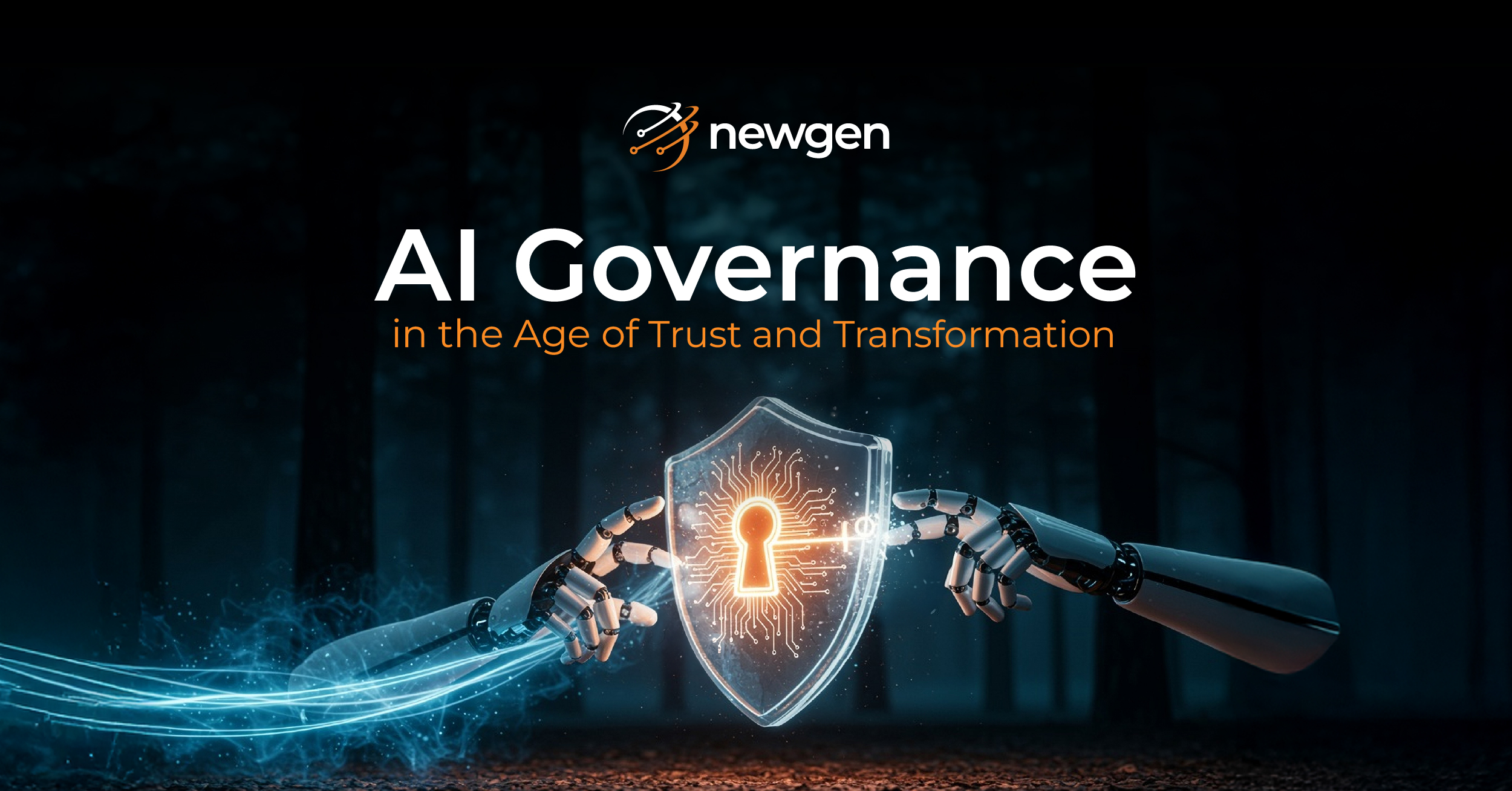A Day in the Life of a Loan Underwriter
Last month, I was on a short trip to my native place. I had to meet quite a few people in a short span of time. So, I decided to meet one of my closest friends, Ben, at his workplace. Ben is a loan underwriter. I reached his office before his work timings and noticed a long queue waiting for him to verify their applications.
As he came in, we exchanged smiles, and he immediately started his day—thanks to the long queue. He was manually going through each application and supporting documents. And, simultaneously, he was verifying applicants’ identity, address, employment proof, salary proof, and other required documents. It was as tiring as it sounds. That’s a whole lot of documents to be checked manually and repeatedly.
I wanted to take him out for lunch, but his schedule didn’t allow him to take a break. He stressfully said, “too much work.” When I asked him about his routine, he smilingly said, “it’s not over yet. Now, the bank’s personnel will go to each address to verify the identity and the residence proof.”
No wonder each loan approval takes approximately 20-30 days and sometimes even more than that.
I thought to myself what if an application with a huge loan amount turns into a bad loan. Simple – nightmares for Ben!
On my way back, I kept thinking about Ben and the way he conducted his day-to-day activities. On the contrary, the modern customers are digital savvy. They experience digital in every part of their lives, both personal and professional. They demand excellence in the services provided, and do not hesitate in switching to a competitive option if not satisfied with the current levels of services. Quickly, I understood something that Ben’s bank failed to realize. I immediately called Ben and warned him of losing his customers. The reason – his customers are likely to switch to intelligent lending. Appalled at my warning, he was quiet for the next five minutes.
I told him how digital has made its presence felt in all aspects of lives globally. Today, technologies like artificial intelligence and machine learning (AI/ML) can help him simplify the complex lending process. These technologies will not only help him increase operational efficiency and mitigate risks but will enable him to deliver a personalized and frictionless customer experience.
The immediate takeaway for Ben – He must act before it’s too late! He must leverage intelligent lending solutions.
Hello readers,
Does this sound familiar to you? Are you Ben? Do you want to know more about intelligent lending? How do these technologies work? Let’s dig deeper…
Derive Actionable Insights
AI/ML can help derive relevant and actionable insights and patterns from raw data analysis. It can track customers’ behavior based on their search history and digital footprints. These data points and credit scores are fed into an analytic platform from which lenders, like you, can determine an applicant’s creditworthiness.
Mimic Human Intelligence
AI/ML works together to mimic human intelligence and simulates a conversation in natural language through messaging applications, websites, and mobile apps. AI-powered software applications, such as voice AI and chatbots can help deliver contextually accurate responses to customers based on information received from customers’ accounts, demographics, and social media interactions.
Ensure Accurate Decision making
AI/ML can help analyze large data sets and offer critical insights into the applicant/existing customer, helping you make instant, unbiased, and well-informed credit decisions.
First, let’s look at Your Stumbling Blocks
Fewer Opportunities
Despite the digital push and exponential growth in financial inclusion in recent years, much of the population remains underbanked or unbanked. The applications often get rejected because of their credit history, bank records, and security.
Bias Credit Decisioning
Human beings are likely to get biased while making decisions. It happens because of the ecosystem we grew up in and often leads to biased credit decisions.
Lack of Scalability
Legacy architectures and systems often struggle to manage the increasing flow of loan applications.
Scaling operations are expensive for traditional and new players in the lending industry without using state-of-the-art technologies.
The Potential Benefits Of Artificial Intelligence are Huge
High Scalability
“Low-ticket, high-volume” lending is typically a “lower risk, higher-income” business that every financial firm wants to enter.
However, assessing risk at individual level becomes a challenge when done manually. Eligibility or risk exposure are calculated based on parameters such as the customer’s monthly disposable income, collateral valuation, transaction history, income tax history, customer behavior, and future inflation.
Besides all these, the process becomes complicated for first-time applicants with no credit score. AI/ML can simplify this complex process by integrating with third-party applications and systems, tracking prospects’ online activities, and using it to determine their creditworthiness. It makes the decision making process faster and accurate.
Minimized Operation Costs
AI/ML can significantly reduce operational costs by automating several manuals and redundant processes while using intelligence, reducing human errors, and implementing AI-powered chatbots. This frees white-collar employees from performing standard and routine activities and helps them get aligned to performing value-added tasks.
Predictive analytics can help monitor suspicious transactions and trigger response protocols. It can detect AML, BSA, KYC frauds, duplicate applications, or blocked customers, thereby saving potential losses. Modern customers expect banks to provide 24×7 customer service, which can consume a big chunk of the bank’s budget. AI-powered self-help, voice AI, and chatbots can provide quick and ideal solutions to frequent problems, thereby helping banks to save millions of dollars.
Unbiased Credit-decisioning
Credit decisions are critical as many dreams are built on this.
The decision can often be suboptimal as the underwriter can only anticipate some possible scenarios. Knowingly or unknowingly, the decision can also be biased and can vary from person to person. AI/ML-powered lending solution helps underwriters generate prompt credit decisions for corporate clients, mini, small, and medium-sized enterprises, retailers, or customers who are looking for personal loans. It helps make unbiased decisions and offers optimal loan amounts with risk-based pricing to the right customers.
More Benefits With Predictions and Collections
Once a loan is approved, AI/ML helps you predict the customer’s likelihood to ‘pre-pay’ the loan and ‘identify the defaulters.’ Accordingly, you can align your marketing executives with upselling/cross-selling other personalized products. You can leverage AI to review your customers’ financial health based on the credit rating and their past payment history and work toward loan restructuring to minimize defaults.
Furthermore, the scores can help you accurately predict yearly collection and losses. You can also plan your budget and make strategies to maximize recoveries and reduce costs.
Time to Embrace AI/ML
According to RESEARCH AND MARKETS, the global digital lending platform market size is expected to reach USD 26.08 billion by 2028, registering a CAGR of 24.0% from 2021 to 2028.
The immediate need of the hour for lenders is to embrace AI and ML to cost-effectively extend their financial lending services to the masses.
Newgen’s intelligent lending solution, built on a low code digital transformation platform, enables your financial institutions to provide a holistic digital experience while enabling intelligent underwriting, smart decisioning, and straight-through loan disbursement for all products, including credit cards and personal loans. Learn more about Newgen AI Cloud here.
You might be interested in




